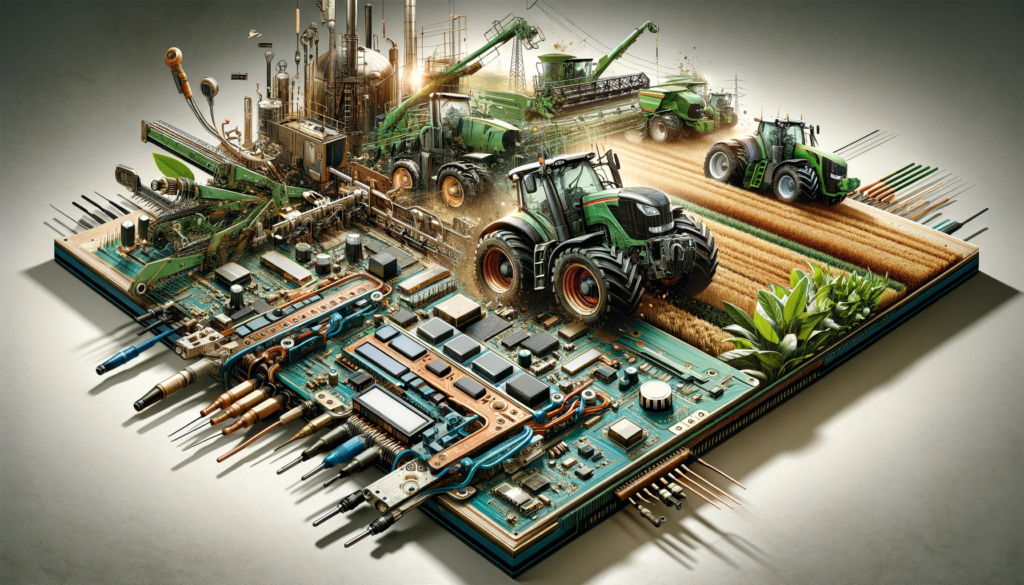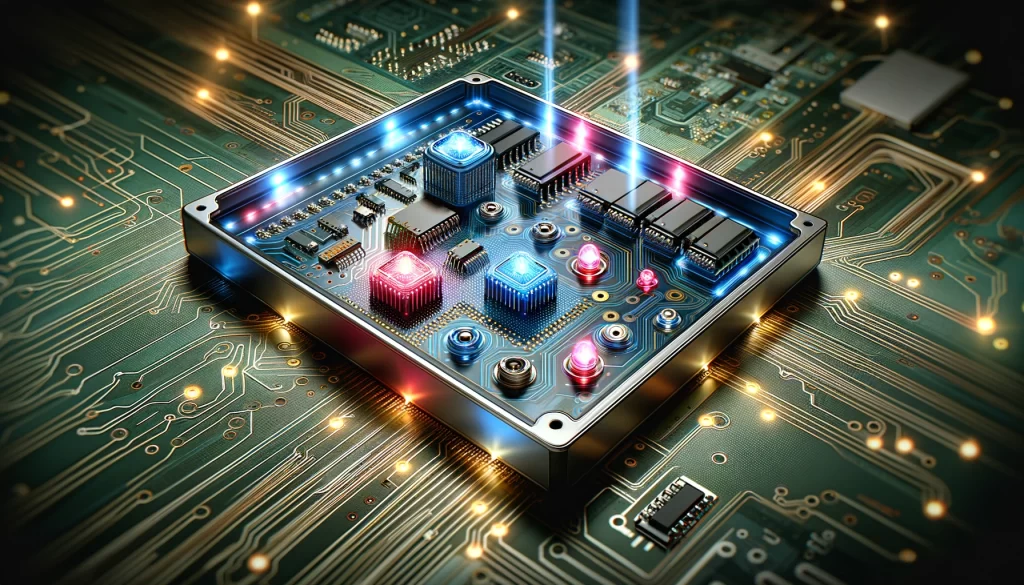Introduction
Hello, tech enthusiasts and curious minds! Have you ever pondered why the keys on your remote or microwave feel so satisfying to press? Let’s uncover the science behind this tactile magic – the dome switch in membrane keypads.
The Dome Switch: Heart of the Membrane Keypad
What’s a Dome Switch?: It’s a small, dome-shaped component in a membrane keypad, responsible for that ‘clicky’ feel when you press a key.
Why It’s Important: The dome switch isn’t just about giving us that satisfying tactile feedback. It plays a crucial role in the functionality of the keypad, ensuring accurate and reliable key presses.
Unpacking the Tactile Experience
How Tactility is Achieved: When you press a key, the dome switch compresses, making contact with the underlying circuit. This not only closes the electrical circuit but also gives that distinct ‘snap’ feeling.
Material Matters: Dome switches are typically made of stainless steel or silicone, each offering different tactile sensations and durability.
Design Considerations in Dome Switches
Shape and Size: Dome switches come in various shapes and sizes, each affecting the tactile response. For instance, a taller dome can provide a more pronounced click.
Force and Actuation: Engineers meticulously calculate the actuation force – the amount of pressure needed to collapse the dome. This balance of force ensures that the keypad is neither too hard nor too easy to press.
The Role of Dome Switches in User Interface
Enhancing User Experience: A well-designed dome switch can significantly improve the user experience, offering clear feedback that a key has been successfully pressed.
Preventing Accidental Presses: The tactile feedback also helps in reducing errors, preventing accidental key presses.
Innovations in Dome Switch Technology
From Metal to Polydome: We’re seeing a shift from traditional metal domes to polydomes, which offer a different tactile experience and can be more cost-effective.
Integrating with Capacitive Touch: Some modern keypads combine dome switches with capacitive touch technology, marrying the tactile feedback of a physical button with the sleekness of a touch interface.
Challenges and Solutions in Dome Switch Design
Balancing Tactility with Durability: One of the biggest challenges is ensuring that the dome switch remains tactile and responsive over thousands of presses. Material choice and precise engineering are key.
Environmental Factors: Dome switches need to withstand various conditions, like humidity and temperature changes. Ensuring consistent performance across these conditions is crucial.
Real-World Applications and Case Studies
Everyday Examples: We interact with dome switches more often than we realize – in home appliances, remote controls, and even in industrial control panels. Each application demands a specific design approach.
The Future of Dome Switches in Membrane Keypads
Towards a More Tactile World: As we move towards more touch-based interfaces, the role of tactile feedback becomes even more significant. Dome switches will continue to evolve, offering richer and more diverse tactile experiences.
Sustainability in Dome Switch Design: The future also calls for more sustainable materials and manufacturing processes in dome switch production.
Conclusion
The world of dome switches is fascinating, blending the realms of tactile psychology, material science, and electrical engineering. It’s a testament to how even the smallest components in our devices can have a significant impact on our daily interactions. As we continue to innovate and refine these technologies, the humble dome switch will remain a key player in the evolution of user interfaces.




